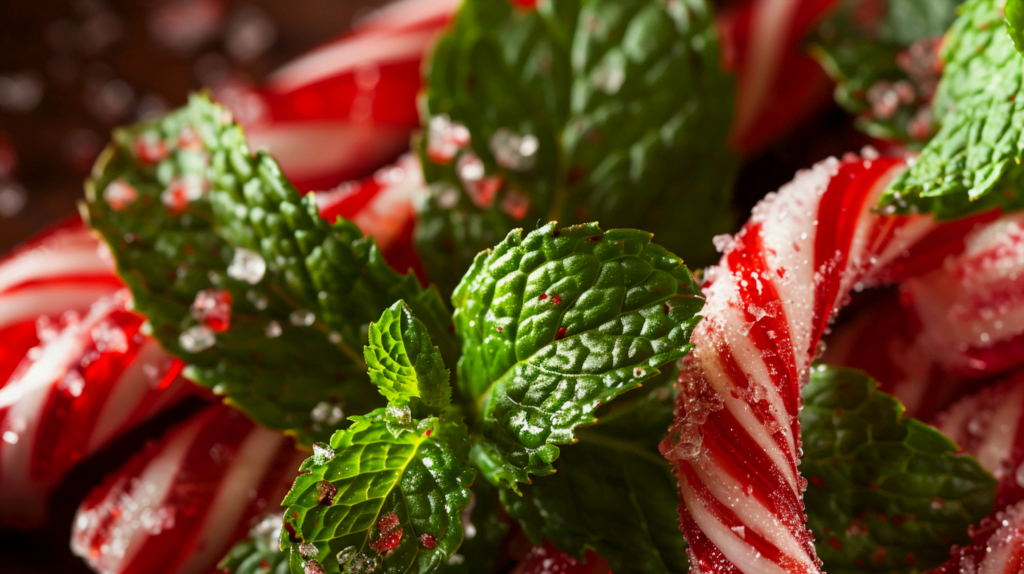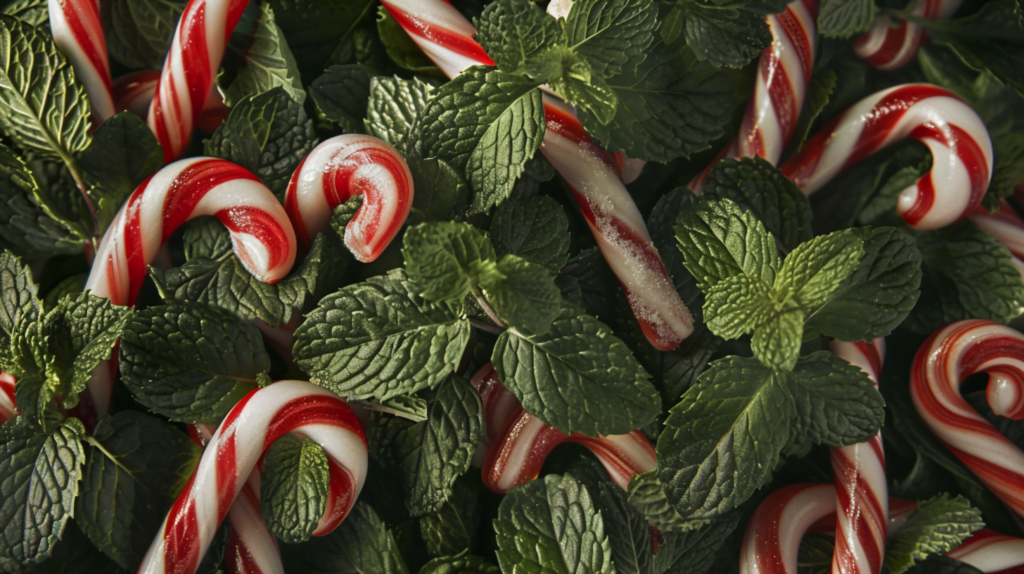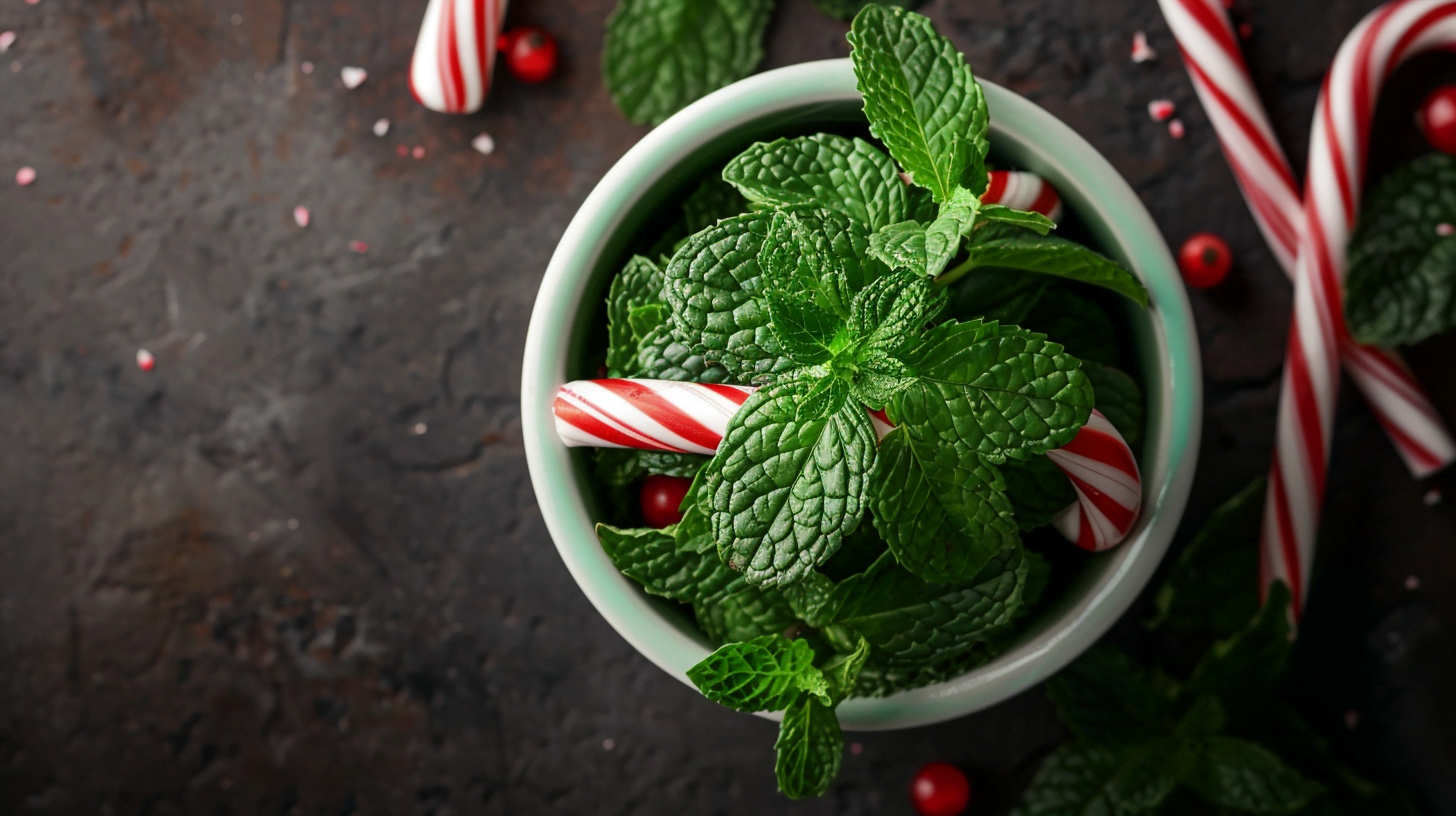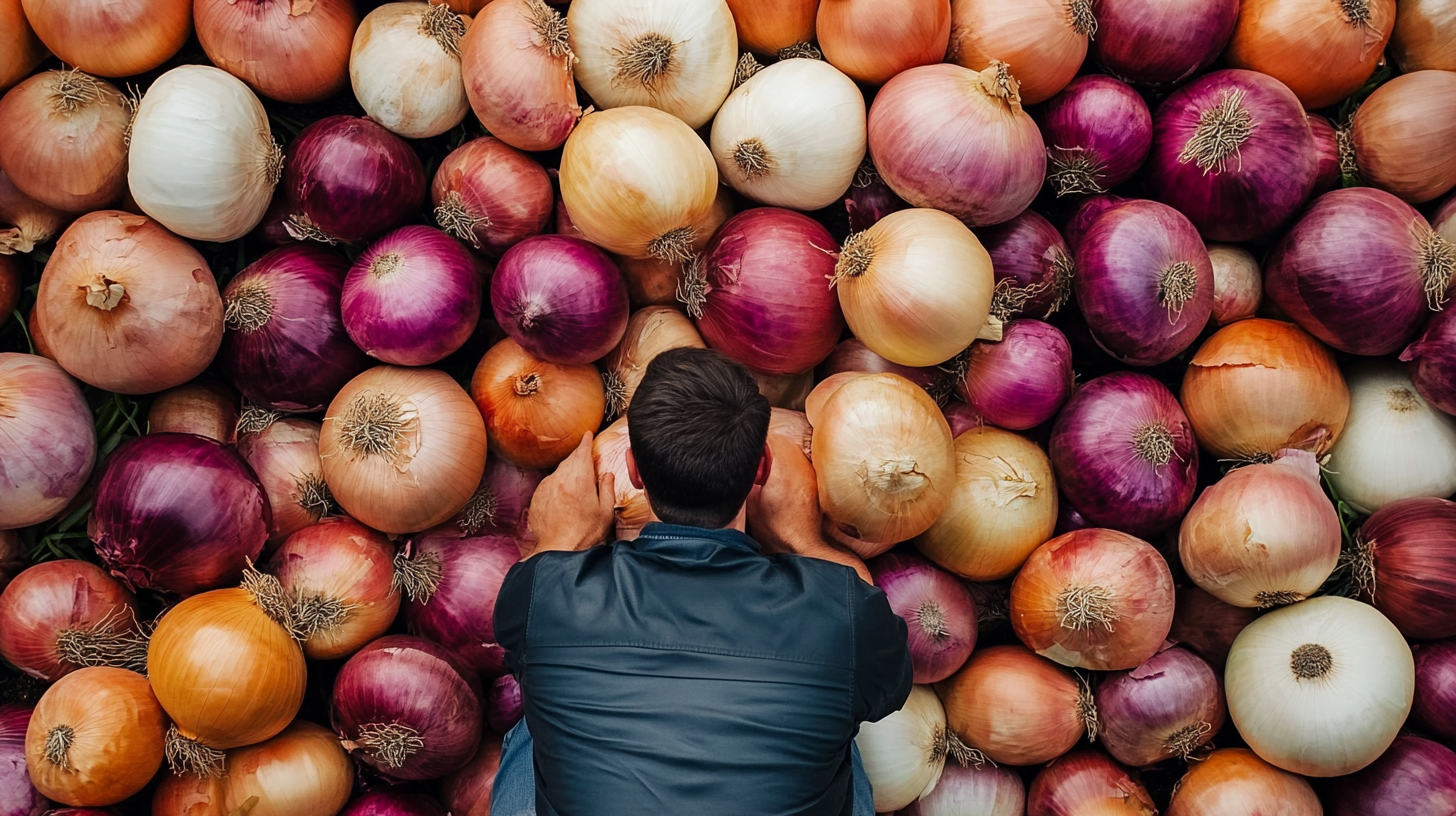Peppermint is one of the most ubiquitous and beloved flavors around the world. This aromatic herb is used in everything from candy canes and chewing gum to toothpaste and soothing tea. But when it comes to global production, which country produces the most peppermint?
As it turns out, the United States dominates the field when it comes to peppermint cultivation and oil production, with certain American states generating vast quantities each year. Let’s take a deep dive into the world’s top peppermint producers and the farming practices that allow them to excel in this refreshing plant.
An Overview of Leading Peppermint Producing Nations
While peppermint thrives in many regions, a few key countries lead the way in bringing this herb to the global marketplace:
United States
The United States is by far the largest producer of peppermint and peppermint oil worldwide. In particular, the states of Oregon, Washington, and Idaho in the Pacific Northwest region are massive peppermint growers. Their cool climate, abundant rainfall, and nutrient-rich soils create the perfect environment for bumper crops of this aromatic plant. The USA exports peppermint oil worldwide for use in oral hygiene products, pharmaceuticals, candies, and teas. Their high-quality oil accounts for over 70% of total sales globally.
India
India is another top peppermint producer, though they trail the USA significantly. Most of their crop is grown to extract menthol, the primary component of peppermint oil. India provides approximately 80% of the world’s menthol supply, exporting to major food, cosmetic, and pharmaceutical manufacturers worldwide. Their main growing regions are Uttar Pradesh, the Punjab region, and Tamil Nadu.
China
China has emerged as a leading peppermint grower and producer of peppermint oil. As health consciousness and demand rises in China, more peppermint is being cultivated domestically rather than imported. China exports large quantities of their peppermint oil around the world for use in food, beauty, dental, and medicinal products. Key growing areas are found in Hebei and Shandong provinces.
Italy
While not a top ranked producer overall, Italy is renowned for its high quality peppermint oil. Italy provides approximately 3% of the world’s peppermint oil. The prime area for Italian peppermint production is found in the northeastern region, including provinces such as Padua, Brescia, and Vicenza. The oils have nuanced, complex aromas.
France
France also makes the list of notable peppermint producing countries. France provides about 1% of total peppermint oil globally. Key growing areas are found throughout southern regions, with Provence being the major peppermint hub. These French oils are highly prized in fragrances and cosmetics.
This table summarizes the top worldwide producers and their estimated annual tonnage:
| Country | Peppermint Production (metric tons) |
|---|---|
| United States | 44,200 |
| India | 22,300 |
| China | 11,950 |
| Italy | 3,150 |
| France | 2,800 |
As shown, the United States produces over 44,000 metric tons of the cooling herb each year – more than double India in second place. China and European nations also contribute, but no country comes close the sheer volume of American peppermint farms.

What Makes the United States the Peppermint Leader?
With its massive peppermint production putting it heads and shoulders above other countries, it begs the question – how did the United States achieve this dominance? Several key factors underlie America’s success:
Ideal Climate and Soil
The cool, moist climate found in the Pacific Northwest provides ideal growing conditions for thriving peppermint plants. Warm days and cool nights during the summer allow the peppermint to produce robust quantities of leaves and oil. Equally important, the rich volcanic soils have an abundance of nutrients that peppermint needs, like nitrogen, calcium and magnesium.
Huge Farms Dedicated to Peppermint
Oregon alone has over 50,000 acres dedicated to peppermint cultivation and oil distillation. Some farms are absolutely massive, such as Stinkingwater Land & Cattle with over 10,000 acres used for mint. Having huge swaths of land focused entirely on peppermint allows these American farmers to achieve extremely high yields.
Advanced Technology and Efficient Production
Industrial-scale farms in the United States use cutting-edge technology to grow and process huge amounts of peppermint efficiently. For example, specially designed equipment steams the harvested peppermint plants with precision to extract the maximum oil. High-volume but low-cost production lets the USA top the market.
Exporter of Peppermint Oil Worldwide
Another advantage for America is the global demand for its peppermint oil. The USA exports over 70% of all peppermint oil traded worldwide. Major multinational buyers use this oil for flavoring gum, creating pharmaceuticals, manufacturing toothpaste and other peppermint-infused products. That huge export market is a key factor in America’s leading production.
Peppermint Cultivation Practices
Growing an optimal peppermint crop requires careful practices:
Choosing Planting Locations
Peppermint thrives in areas with cool summers and adequate rainfall, making it ideal for USDA growing zones 3 through 9. In the USA, the Pacific Northwest has proven to have the perfect climate. When expanding to other countries like India and China, regions with similar humid, temperate conditions are selected.
Preparing the Soil Properly
Peppermint needs nutrient-rich, loose, well-drained soil for its root system to spread. Ideal soil pH is around 6.5 to 7.0. Farmers often grow peppermint in clay loam soils or even muck soils that retain moisture. But good drainage is essential to prevent rotting.
Establishing Crops from Runners
Peppermint is not grown from traditional seeds. Instead, new plants are vegetatively propagated from “runners” of existing plants. These rhizomes sprout new shoots that are transplanted. This cloning process creates genetically identical new mint plants.
Thoughtful Field Irrigation Methods
Peppermint requires regular moisture, but overwatering encourages root diseases. Careful irrigation through methods like center-pivot water sprinklers provides the right amount of water across the crop. Some farms use drained flood irrigation as well.
Harvesting Based on Oil Content
Peppermint is harvested based on its essential oil concentration, not simply the size. Peak oil levels occur just before flowering, often in July or August. The plant’s leaves and stems are cut, dried, and distilled. Oil yield per acre ranges from 15 to 30 pounds.
Organic vs. Conventional Peppermint Farming
Today, both organic and conventional farming techniques produce peppermint crops:
- Organic – No chemical pesticides or fertilizers are used. Weeds are controlled manually. While yields can be lower, organic peppermint is in high demand.
- Conventional – Synthetic herbicides, fungicides and fertilizers are applied. This can produce higher volumes, but chemical residuals are a concern.
Some farms use integrated pest management (IPM) that applies chemicals only when absolutely needed. Consumer demand and environmental concerns are increasing the amount of organic peppermint acreage in the USA and worldwide.
Major End Uses of Peppermint
From candy canes to skin care products, peppermint’s applications are diverse. The major uses of peppermint are:
Food, Candy and Beverages
Peppermint is a ubiquitous flavoring for toothpaste, chewing gum, breath mints, tea, and confections like candy canes. It provides a cooling, refreshing taste. Peppermint schnapps and liqueurs are popular alcoholic drinks. Peppermint extracts and oils enhance ice cream, yogurt, syrups, baked goods and more.
Health, Pharmaceuticals and Supplements
For medicinal purposes, peppermint oils, extracts and teas can soothe digestive issues like nausea, upset stomach, cramping and diarrhea. Menthol found in peppermint acts as an analgesic that relieves headaches when applied topically. Peppermint also helps relieve coughs and congestion when inhaled. Supplements use peppermint’s vitamins and antioxidants.
Oral Hygiene and Cosmetics
The signature flavor of most toothpastes and mouthwashes, peppermint’s clean, fresh flavor provides oral cooling and cleaning. It’s added to dental floss as well for fresh breath. Peppermint bars and body washes have an invigorating scent. The oil’s antioxidants and stimulation effects make it popular in skin care lines as well.
Aromatherapy, Freshness and Fragrance
Inhaling diffused peppermint oil uplifts moods, boosts energy and enhances concentration. Peppermint scents are used in soaps, perfumes, shampoos and household cleaners to provide fresh, minty aroma. The scent can also act as an insect repellent.
Other Uses
With its pleasant flavor and scent, peppermint has many other niche uses:
- As a natural pesticide and insect repellent against rodents, ants, mosquitos and even moths
- Mixed into pipe tobacco to provide a cool, smooth smoking experience
- Used in pet shampoos and sprays to deodorize coats and deter pests
- Added to livestock feed to aid digestion and reduce bloating
- Blended into paints and stains to provide a fresh aroma
- Infused in candle-making for an energizing scent during meditation or yoga
- Added to potpourri blends and as dried flowers in floral arrangements
- Used as landscaping and decorative groundcover that deters nuisance animals
- Grown as bonzai trees and ornamental houseplants to provide air purifying properties
As you can see, peppermint has an incredibly versatile range of purposes beyond candies and toothpaste. This wide scope of applications makes it one of the most valuable medicinal and food herbs on the global market.

Sustainability in the Peppermint Industry
With the massive scale of peppermint farming today, practices that protect the environment are crucial. Here are some key aspects of sustainability in current and future peppermint production:
- Crop rotation – Rotating mint with other plants helps nutrients in soil regenerate. Cover crops like clover also enrich the land.
- Conservation irrigation – Precision irrigation through drip systems or sprinklers reduces water waste while sustaining healthy plants.
- Integrated pest management – Only using pesticides and herbicides when absolutely needed minimizes chemical impacts on local ecosystems.
- Replanting rhizomes – Reusing and transplanting peppermint rhizomes reduces waste and the need for new plantings.
- Renewable distillation – Some farms use sustainably-harvested wood, straw or geothermal energy to fire their steam distillation.
- Organic production – Organic peppermint farming with no synthetic chemicals continues to expand across the industry.
- Pollinator conservation – Leaving wildflowers at field edges and avoiding pesticides protects vital pollinating bee populations.
With careful stewardship of land and natural resources, peppermint farming can maintain high yields while also benefiting the environment.
The Future of the Peppermint Market
As the world’s appetite for peppermint flavored products continues expanding, the top peppermint producing nations will need to find ways to meet demand through increased efficiency and sustainable practices.
Here are some trends that will likely shape the future:
- Rising demand – Global peppermint oil use is projected to reach nearly 53,000 tonnes by 2025, increasing the need for production.
- New cultivars – Plant breeders are developing new peppermint varieties with higher oil content and disease resistance.
- Expanded organic production – Organic peppermint farming is expected to grow at a rate of over 7% in coming years.
- Diversified growing regions – Top producers like the USA may expand into new suitable areas to grow their peppermint acreage.
- New technologies – Innovations in irrigation, distillation, pest control and soil health will help maximize yields.
- Sustainability focus – Environmentally responsible practices will become more important across supply chains.
- New applications – Emerging uses for peppermint oil in pharmaceuticals, cosmetics and even cleaning products will rise.
Even with increased demand, it seems likely the USA with its ideal climate and massive peppermint farms will continue dominating production in the years ahead. But with new technologies and global cooperation, the world’s peppermint needs can be sustainably met while protecting the planet.
Conclusion
When it comes to peppermint cultivation and essential oil production, no country can match the output of the United States currently. With its abundant West Coast farms growing thousands of acres, America exports its high quality peppermint oil worldwide for a myriad of uses. However, other countries like India and China make strong contributions as well. Careful farming practices and responsible resource management will allow top peppermint producers to keep providing this beloved, refreshing herb in a sustainable way. So the next time you enjoy a minty candy cane or toothpaste, you can thank American peppermint growers for their global leadership and dedication to bringing this much-loved flavor to store shelves everywhere.



